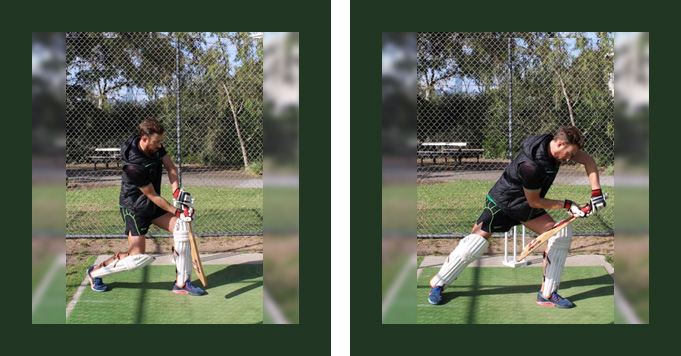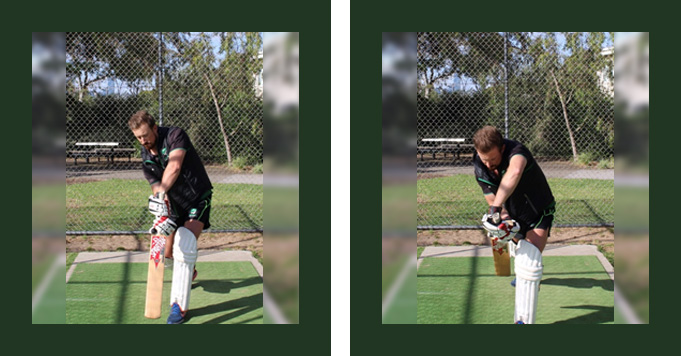First of all, let’s establish what a drill is and why they’re an important part of your practice…
*Note* If you’ve read our batting drills blog you can skip the first two sections
WHAT IS A DRILL?
A drill is is a means of teaching or training through repeated exercise or repetition of an act.
A drill allows you to highlight a particular skill, decision, movement or mindset and perfect it by doing it over and over again in a controlled environment that gives you measurable feedback.
Among the many practice drills there can be productive repetition or unproductive, even harmful repetition.
Your ability to select the best drills to match your practice goals often determines the success or failure of your practice sessions.
THE VALUE OF DRILLS
Muscle memory is a critical part of achieving any sort of athletic success.
Throwing a ball, bowling it, hitting it, catching it and running properly are all skills that require freedom of movement. To perform these skills successfully, you must be able to react without having to carefully tell each muscle group what to do.
Muscle memory is the result of teaching the muscles how to perform a specific movement or skill and repeating that activity, through the use of controlled drills, until it can be done freely without methodical thought and your reactions become automatic.
Now that you’ve got a basic understanding of what drills are, why they’re such a valuable part of your training and how important choosing the right drills is…
Let’s have a look at 3 great drills you can use to improve 3 completely different areas of your batting.
At the ACI, we like to categorise our bowling drills into 5 different categories…
Bowling Prehab Drills
Remedial Drills
Execution Drills
Training Challenges
Swing Drills
In this article we’re going to introduce you to a Prehab Drill, Execution Drill and a Swing Drill.
DRILL 1: Prehab Drill - Med Ball Slams
Purpose
Med Ball slams have now become a staple part of any elite teams training program. They’re great to use in preseason as a progressive exercise that help strengthen your core and stabilising muscles and therefore reduce your risk of injury. They’re also great in season to use before training or a game as part of your warm up routine.
Equipment
You’ll need a medicine ball (weight will depend on your age/strength, see below for quick guide) and it’s also best performed with a partner.
10-12: 1kg
12-14: 2kg
14-17: 3kg
17+: 3-4kg
How To
This particular drill is performed as a routine or series of progressions.
Note for all slams: Whenever I talk about throwing the ball into the ground, it’s important to use your torso and core to generate the power, not just your arms. Try to keep your arms straight and not generate all the power using your arms.
1. Warm Up Med Ball Slam
Stand shoulder width apart holding the med ball above your head with straight arm. Twisting your torso, throw the ball into the ground on your left side, catch the ball on the bounce and repeat on the right side. Move from side to side for 30-60 seconds.
2. Double Leg Med Ball Slam
Stand shoulder width apart with you hands above your head. This time have your partner stand about 1m in front of you with the med ball. Have your partner throw the ball at your hands (which are stretched above your head). The ball should be still on the way up and with a bit of force behind it when it hits your hands. The aim here is for you to have to activate your muscles to stop the ball.
Once you’ve caught the ball, stopped it, balanced and activated your core, throw it into the ground in between you and your partner, trying to bounce the ball to them.
Repeat x 6
3. Single Leg Med Ball Slam - Back Leg
This time you’re going to repeat #2 but with only your back foot on the ground.
It’s important that in the single leg slams you align your foot the same as you land when you’re bowling, so for me it’s about 45% and also keep your other foot off the ground the whole time, even after you’ve thrown the ball. Hop around if you need to when you catch and throw the ball. Always make sure your balanced before throwing. This is all a part of what helps strengthen your stabilising muscles.
4. Single Leg Med Ball Slam - Front Foot
Repeat number 3 but with your front foot only on the ground.
DRILL 2: Execution Drill - The Yorker
Purpose
Execution drills work by taking away other distractions and allowing you to focus on one thing, executing that particular skill.
In this case it’s the yorker and different variations of the yorker.
Equipment
You’ll just need an empty net, stumps, ball and 3 targets (I like to use a shoe)
How To
Set up 3 targets just in front of the popping crease, around where you’d bowl a yorker. 1 cone outside off for a right hander, 1 cone outside off for a left hander and I like to use a shoe for the straight one to simulate a batsman's feet.
Remember: It’s important to practice bowling to left and right handers in all execution drills.
Bowl sets of 6 and see how many you can get to hit the target or get close. Make sure you call which one you’re going for before every ball, otherwise it doesn’t count.
It’s a good drill to do with a partner or group to create a bit of competition.
DRILL 3: Swing Drill - Swing Around The Stump
Purpose
This drill works by giving you a measurable target and result of whether you’re swinging the ball. It helps you understand where you need to start the ball to get the ball in a good area when it’s swinging.
Equipment
You’ll just need an empty net, stumps, single stump, new ball (or ball that swings).
How To
Set up the single stump about 5-6m in front of the stumps.
Note: Below set up instructions are for right hand bowler.
For Out Swinger: Set up the single stump on about 5th-6th stump line.
For In Swinger: Set up the single stump on about 4th-off stump line.
Your goal is to swing the ball around the stump.
If you’re bowling out swing you’ll be trying to pass the right side of the stump and hit or just miss off stump.
If you’re bowling in swing you’ll be trying to pass the left side of the stump and hit off stump.
For more on swing bowling visit our Swing Bowling Tips Article
If you would like our free fast bowling technique checklist, click the image below to download.
Author: Nick Fitzpatrick - Australian Cricket Institute Coach











